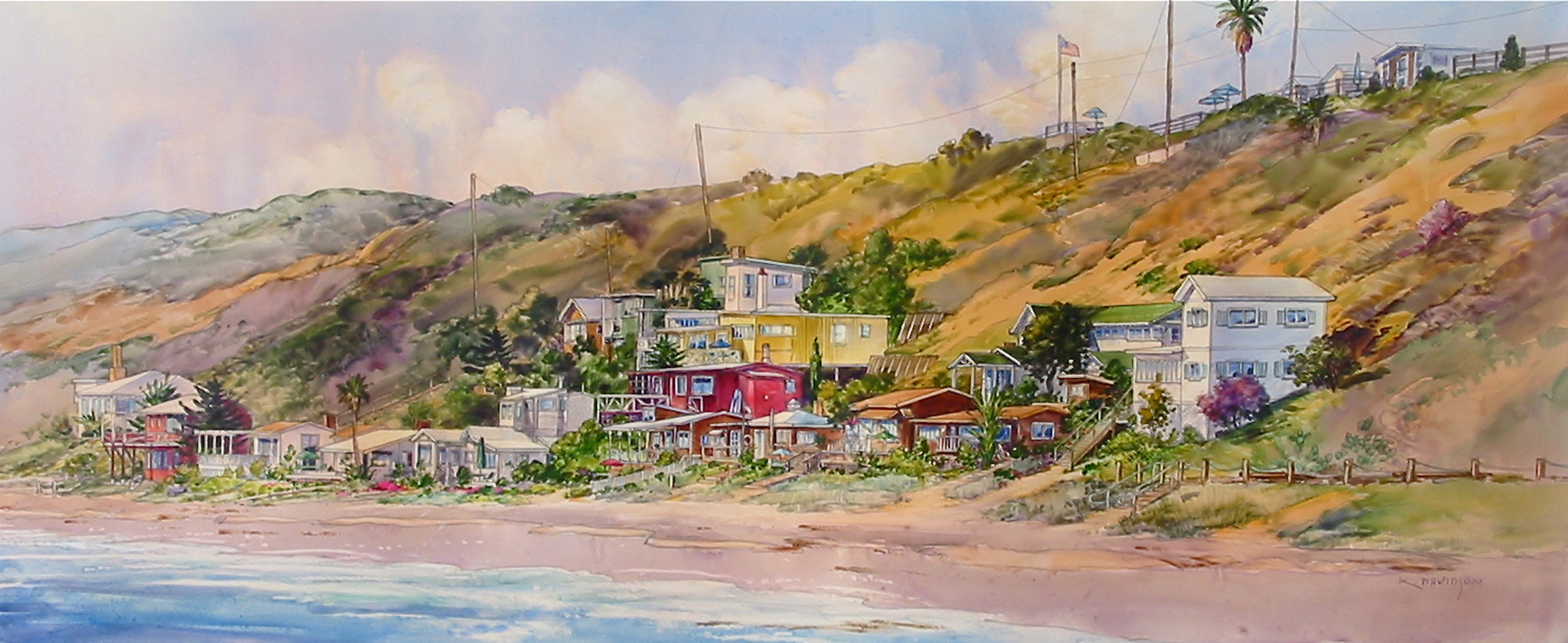Summer is right around the corner and our lovely coastal desert is beautiful, but alas poses some potential fire hazards. Our low humidity and rainfall predisposes us to dry air and, coupled with the Santa Ana’, puts our local firemen on red alert for any signs of fires.
But a lot of residential fires arise from mishaps inside the home and it can be very advantageous to look into fire prevention to keep your family safe and protected. One way is to install a fire sprinkler system to keep you worry-free, with quick detection and suppression of any fires that might occur.
Precision Fire Systems has been installing fire systems for more than 10 years for real estate agents, prospective buyers and management/investment firms all over Southern California. Mike McStay is a walking, talking book on all the information out there about fire sprinkler systems and all the related fire codes that dominate the housing industry, garnered from his long time experience in this field.
Though the industry is loaded with extremely complicated standards and regulations, he was kind enough to step down to my level and give me some honest answers to my several questions on the ins and outs of fire sprinkler systems.
Q: What are the misconceptions of fire sprinklers?
A: A lot of people have the view that fire sprinklers can actually cause more water damage then fire damage and that a small amount of smoke triggers all the sprinklers. Fire sprinkler systems are actually heat activated with one sprinkler at a time going off. Each fire sprinkler that activates in a residence during a fire discharges between 13-23 gallons per minute as opposed to a fire fighter using a fire hose discharging 150-250 gpm when extinguishing a fire. Most fires only require one or two sprinklers to be extinguished. Sprinkler systems today reduce deaths and loss of property by more than 65 percent. Smoke detectors are great for alerting you to a potential fire, yet it is fire sprinklers that put out the fire in the room of origin and prevent it from spreading or re-igniting.
Q: How does the sprinkler system work?
A: Each sprinkler head is automatically triggered by fire-specific temperature, usually between 135 and 165 degrees Fahrenheit (57 to 74 Celsius). Then the water that is kept under pressure through a system of pipes in the ceiling and walls is quickly pushed out of the pipes through the sprinkler head, spraying water downward and out to the sides. It is a carefully designed spray of water. And the sprinklers are set up so that just one or two are needed to extinguish or contain a fire in the room it started. Therefore property damage from the sprinkler system is at a minimum. Since sprinklers use six times less water than a fire hose, they actually produce less damage from the fire department that comes out to wipe out the fire.
Q: How are these systems regulated?
A: The California State Building Standards Commission adopted the 2009 IRC code that includes fire sprinkler requirements in all new one- and two-family homes and townhomes. It became effective Jan. 1, 2011 and each city has it own specific amendments to the requirements. The guidelines are adopted from the National Fire Protection Agency (NFPA) 13D into the general contracting codes. It used to be only anything over 5,000 square feet required a system, but all that has changed.
Q: Wow. More codes and regulations.
A: First of all, be aware that fire sprinkler systems have a 95 percent success rate and provides safety. What about the other 5 percent? That is human error from failure to maintain the system or unaware certain remodeling or decorative items such as faux beams and ceiling fans can create problems for the sprinkler’s dynamics. People don’t blink an eye about installing several expensive flat screen televisions, why not something that can save lives? By using a fire sprinkler expert that can plan the right design, you don’t have to spend thousands of dollars for a sprinkler system and will have a system to depend on keeping you safe from any fires in the home.
Q: So there are no requirements for remodeling a home.
A: Not true. When removing drywall, if 40 percent is knocked down, you are now required to install a sprinkler system. And once again, it all depends on what standard your city requires. It might be even 50 percent of drywall in certain cities. For some contractors and most owner/builders, this comes as a surprise when they are going through the building department plan check stage and more money is required because of the NFPA 13D codes. If planning a fire sprinkler system from the beginning of your remodel, a lot of money can be saved with the proper design.
Q: What about inspections?
A: Fire sprinkler inspections are usually done annually and whenever a home changes ownership. The commercial arena has long been aware of this, but it is just recently that the residential side is starting to get savvy about it. Buying a house with fire sprinklers, you must be sure they have been inspected and are up to date. It would be in the best interest of the new owner to have the seller responsible for the update, since if you take a 6,000-square-foot home and need to change outdated heads on a sprinkler, that’s about 60 heads to replace, which adds even more to the cost of the home. A lot of new homeowners are surprised when the certificate of ownership is denied due to the failed fire sprinkler requirement that somehow got glossed over in escrow. You are required to have a fire sprinkler contractor inspect the system, not an escrow inspector or appraiser.
Q: Is maintenance a requirement?
A: Yes. California Title 19, Health and Safety and NFPA 25 states the process and how often the maintenance is required. For residential it is usually the water flow switch every 90 days and local bell and main drain test once a year. So it’s wise for homeowners to have a service system intact with a fire sprinkler specialist to maintain and repair any leaks or problems and keep records. For instance sometimes the installation of new cabinets or closet organizers with mounted brackets puncture into a dedicated sprinkler pipe when drilling holes and only a fire sprinkler guy is certified to repair it. Really, it’s your safety you are maintaining by keeping the system up to date and functioning properly.
CONTACT INFORMATION
Mike McStay, Owner
Precision Fire Systems
27068 La Paz Road #212
Alisio Viejo, CA 92656
877.FIRESYS (877.347.3797)





